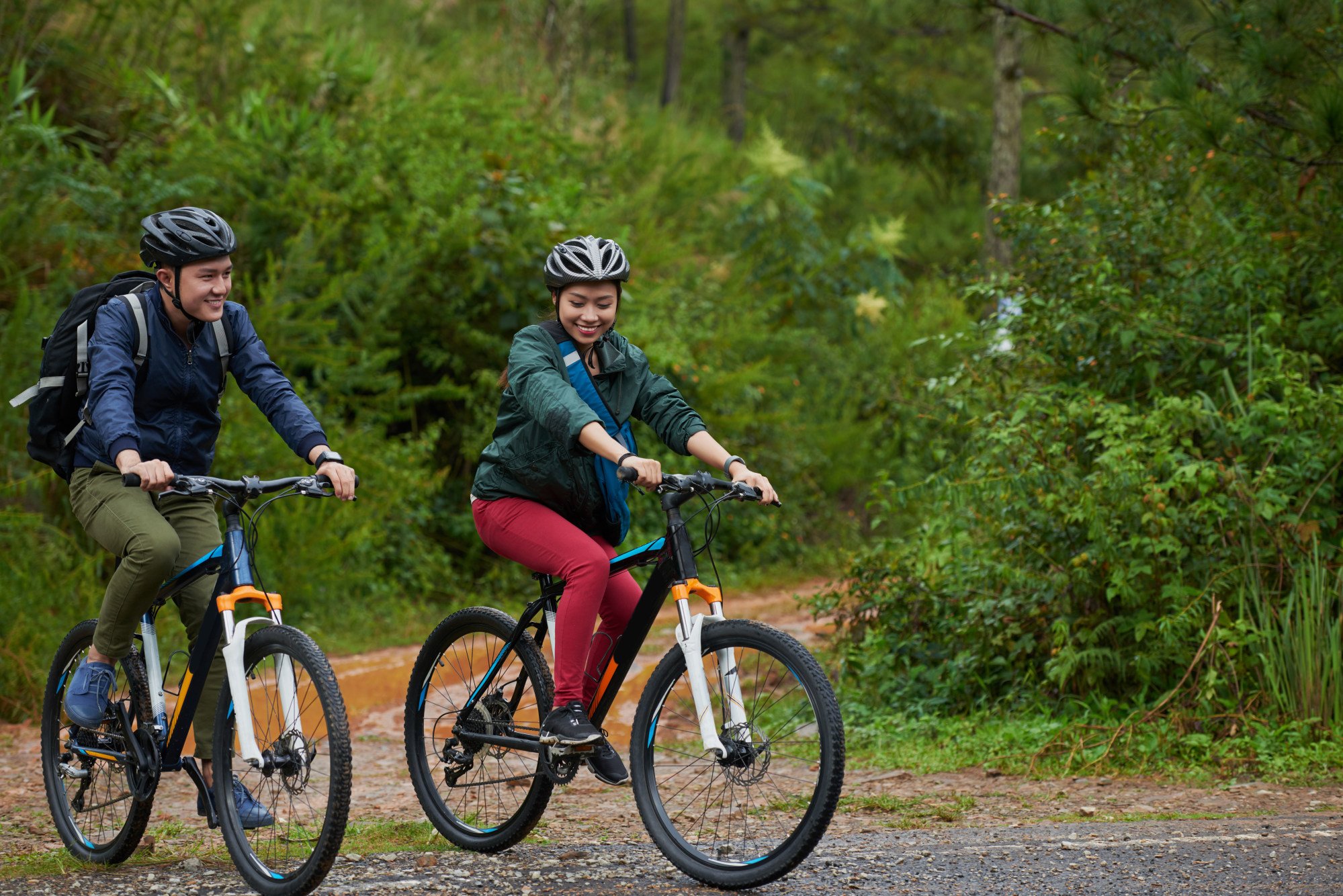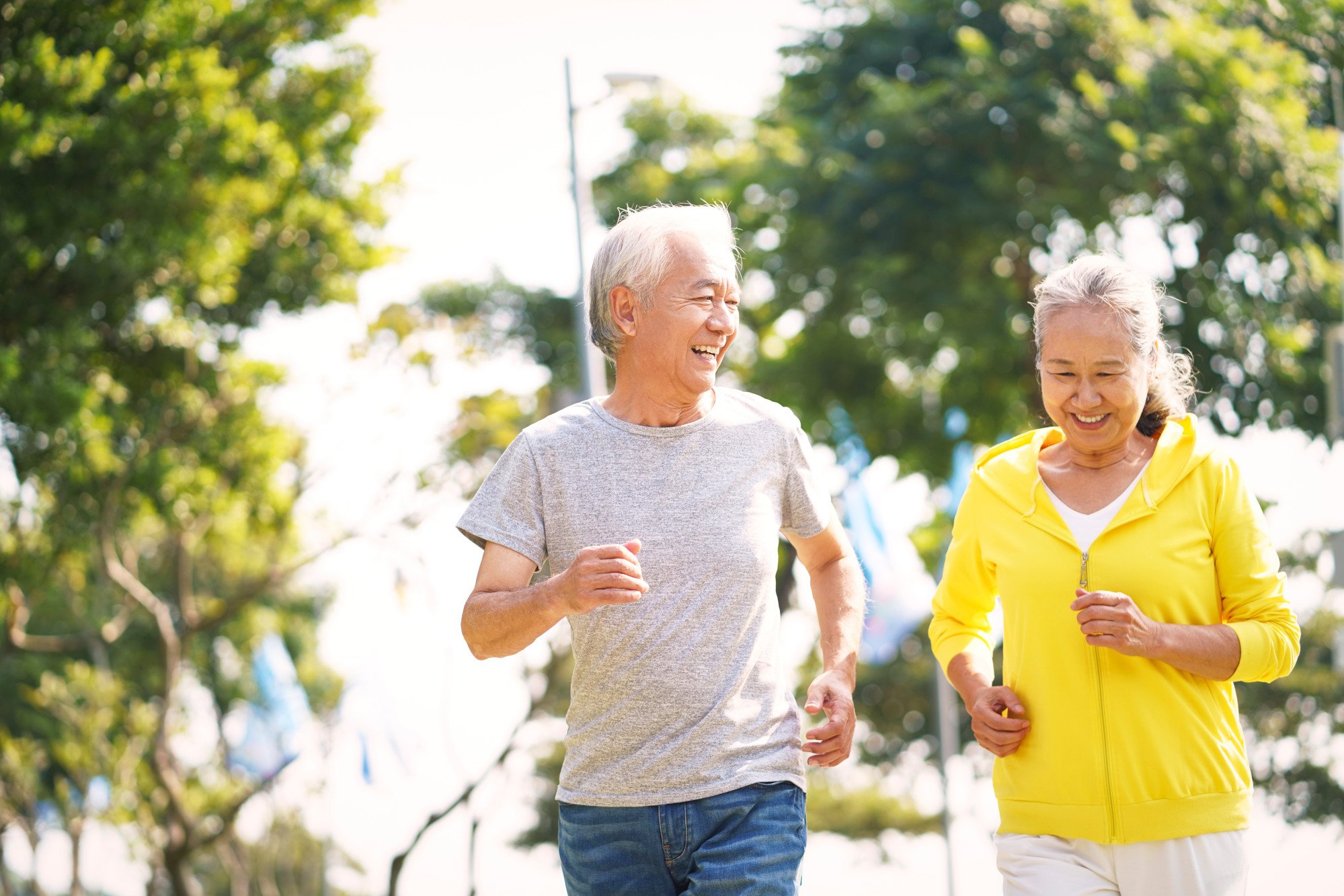Fitness
Lack of exercise puts 1.8 billion at risk, but it’s never too late to start

Almost 1.8 billion adults are at risk of diseases such as cancer, stroke, dementia and diabetes because of a lack of exercise – and the situation is getting worse, according to a report.
The new study from World Health Organization (WHO) researchers plus academics found physical inactivity globally rose by about five percentage points between 2010 and 2022. Overall, nearly a third of adults, 31 per cent, around the world do not exercise enough, up from 23 per cent – 900 million people – in 2000, and 26 per cent in 2010.
If current trends continue, experts predict that by 2030, some 35 per cent of people will not be doing enough exercise.
When it comes to gender differences, it seems women are consistently less likely to exercise than men, with inactivity rates of 34 per cent compared to 29 per cent.
The new study, published in The Lancet Global Health journal, warned that the world isn’t meeting a global target to reduce physical inactivity by 2030.
“These new findings highlight a lost opportunity to reduce cancer, heart disease and improve mental well-being through increased physical activity,” WHO director general Dr Tedros Adhanom Ghebreyesus said.
“We must renew our commitment to increasing levels of physical activity and prioritise bold action, including strengthened policies and increased funding, to reverse this worrying trend,” he said.
WHO recommends that adults undertake 150 minutes of moderate intensity, or 75 minutes of vigorous intensity physical activity, every week.
Physical inactivity is a silent threat to global health, contributing significantly to the burden of chronic diseases
The WHO defines insufficient physical activity as not meeting these weekly exercise guidelines.
The new study, which included data and estimates for 163 countries and territories, found people over 60 are less active than those who are younger.
And although high-income Western countries appear to be slowly reducing rates of inactivity, to 28 per cent of people in 2022, they are still off track.
The World Health Assembly has set a global target – widely expected to be missed – of a 15 per cent reduction in insufficient physical activity between 2010 and 2030.

“Physical inactivity is a silent threat to global health, contributing significantly to the burden of chronic diseases,” says Dr Rudiger Krech, director of health promotion at WHO.
“By making physical activity accessible, affordable, and enjoyable for all, we can significantly reduce the risk of non-communicable diseases and create a population that is healthier and more productive.”
Dr Panagiota Mitrou, director of research, policy and innovation at the World Cancer Research Fund, said: “This timely report is a wake-up call to the world that more needs to be done to encourage people to be more active.

Never too late to start getting fit
The American Medical Association published the assessment of over 5,000 elderly Chinese people, most of them older than 80 and including over 1,500 who made it to their 100th birthday.
The team warned that they could not properly account for the effect of “socioeconomic status, such as household income and occupation”, which elsewhere have been shown to affect health and longevity.










